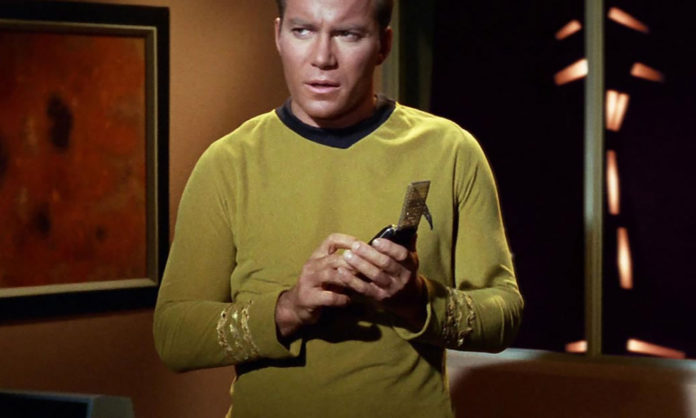Science fiction writers have been predicting elements of the future – and our present – for decades. While we don’t yet have holodeck and transporter technology, Star Trek alone predicted the creation of tablet computers, hand-held mobile phones, voice interface computers, videoconferencing, and other gadgets.
In a post on Janice Hardy’s blog, R.W.W. Greene shares a trick you can use to seem clairvoyant when writing about the future. “Writing the future ain’t easy,” Greene writes. “It’s a moving target, and getting an idea on the page and in front of an audience before it comes true is increasingly difficult.”
Greene suggests examining a topic in your story in five stages, starting with probable. Pick a topic and write out a few developments that are likely to occur in the near future. You might think of an expansion to a trend that is currently developing or a logical next step.
Next, examine what’s possible. What characteristics of your topic are possible, even though they are currently not likely, due to unpopularity, impracticality, or social taboo.
Third, brainstorm your preferable state. What would make your topic more interesting, attractive, or accessible?
Finally – and you may have guessed this – consider what could go wrong. What is the worst possible development that could affect your topic?
While you might not get it right, this technique sounds like fun and it could lead you to some interesting plot points and keenly-observed worldbuilding details.












